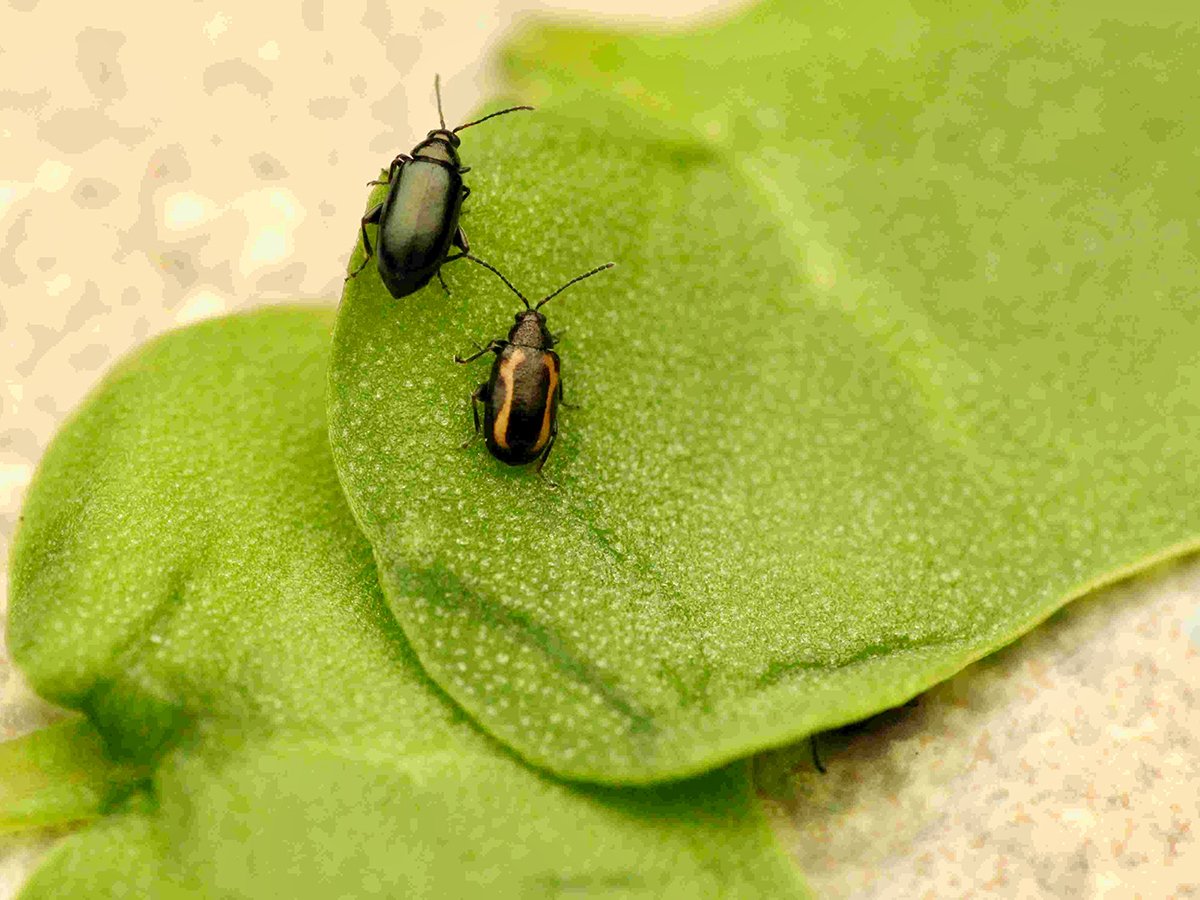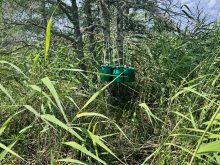A two-year research project will make it easier to develop an objective method of assessing the stressfulness of management practices used in beef production.
“Having the ability to objectively measure stress in cattle would allow producers to cut production costs and losses associated with stress by altering management practices to minimize its occurrence,” says Gerry Mears, the Agriculture Canada scientist who led the study from the Lethbridge Research Centre.
“Furthermore, having an acceptable means of assessing stress would allow cattle producers to be proactive in identifying and rectifying practices detrimental to animal welfare, cutting short some common animal welfare claims.”
Read Also

Research looks to control flea beetles with RNAi
A Vancouver agri-tech company wants to give canola growers another weapon in the never-ending battle against flea beetles.
Cattle stress can result in apprehension, reduced production and reproduction, compromised health or even death. Unfortunately, there has never been a way to objectively assess cattle stress during regular production practices.
“In the study, we performed a series of experiments to evaluate the usefulness of several physiological and behavioural responses to stress as indicators of the relative stressfulness of various management practices,” Mears said.
“The management practices we investigated included dehorning, castration, mixing with unfamiliar animals, transportation and a combination of hot-iron branding and castration.”
Building on results from previous studies conducted with sheep, researchers measured plasma cortisol, plasma beta endorphin, body temperature, heart rate and behaviour among cattle before, during and after routine management practices.
He said all of the procedures that were examined in the study produced responses to varying degrees. Dehorning and castration resulted in significant physiological and behavioural changes. Mixing steers with an unfamiliar group of animals resulted in increased heart rate measurements that indicated the presence of stress. In these mixing situations, there were also an increased number of aggressive encounters compared to when the steers remained in their respective home groups.
Mears said three hours of transportation also produced a stress response.
“However, the physiological responses were short term and most steers showed a return to pre-transport blood cortisol and heart rate levels within one hour.”
Following the dual procedure of branding and castration, the calves’ plasma cortisol values, which can indicate stress, were more sustained than animals that endured only one procedure. As well, calves in the dual procedure exhibited more severe physical reactions (90 percent fell down) than those exposed to a single procedure.
While the study has documented and clarified the physiological and behavioural responses of calves to several management practices, Mears said researchers are not yet ready to make definite assessments of the stressfulness of the various management practices or prepare guidelines for producers.
More research is needed to objectively assess stress in cattle, particularly with the use of non-invasive measures that are being developed, he added.
Once that happens, the industry will be better equipped to develop a set of science-based best management practices that would anticipate the evolution of regulations and protocols set out by governments and the food industry.
















